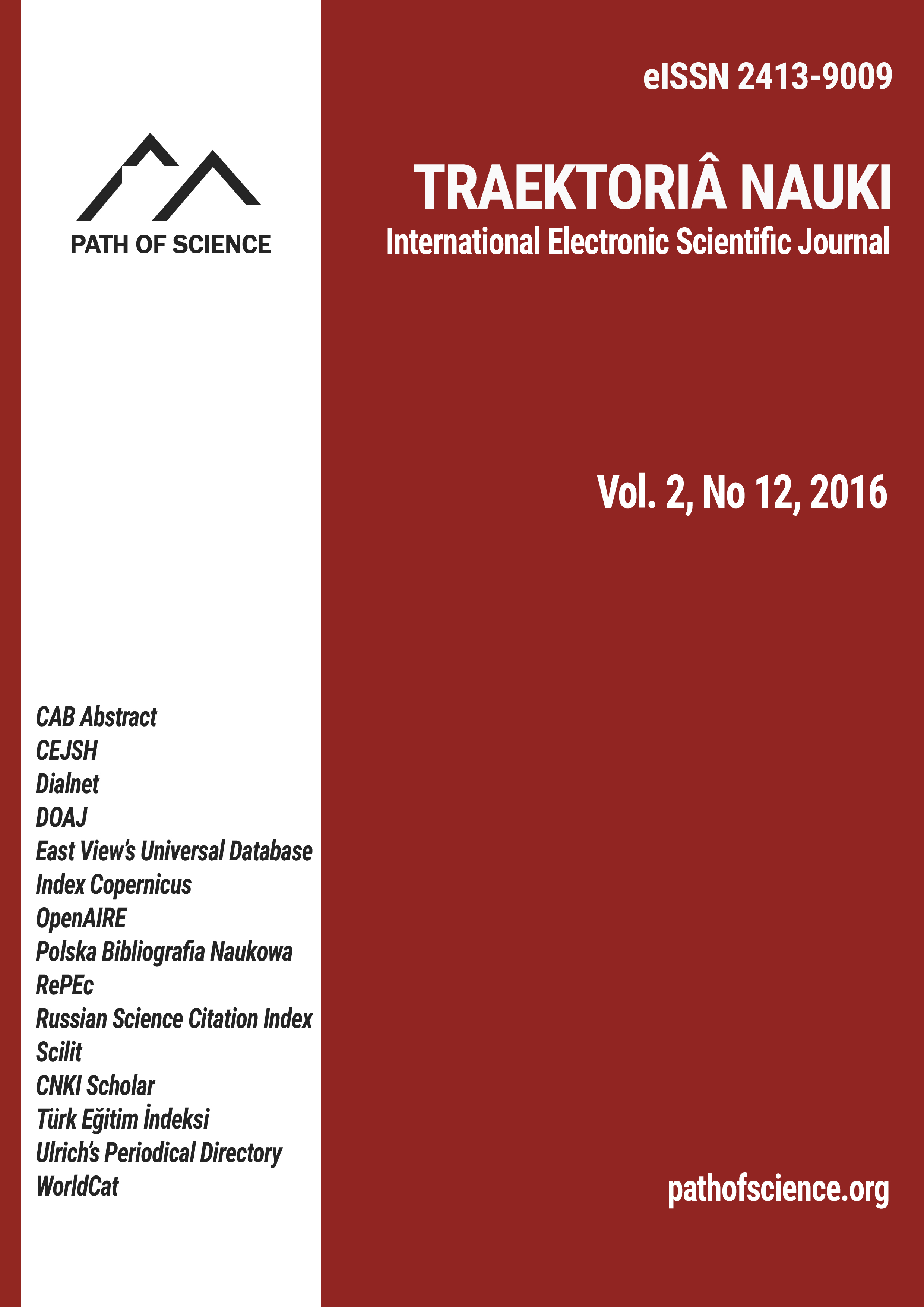Assessing the Effects of ‘Stand-alone’ Structuration of Land Administration System on Urban Land Delivery and Accessibility in Nigeria
Assessing the Effects of ‘Stand-alone’ Structuration of Land Administration System on Urban Land Delivery and Accessibility in Nigeria
Author(s): Azlina Yassin, Kazeem AkinbolaSubject(s): Agriculture, Socio-Economic Research
Published by: Altezoro, s. r. o. & Dialog
Keywords: Impacts; Interrelationship; Regulo-Administrative Machineries; Formal Land Accessibility;Nigeria;
Summary/Abstract: The efficiency and effectiveness of land administration system had been acknowledged to be premised on so many factors, arguably the chief of which, is the degree of mutuality, frictionlessness and bi-directionality in the interrelationship that exist amongst the various factors that are discharging arrays of tasks that these formal lands regulo-administrative machineries are saddled with. Undoubtedly, this simple conduct of affairs resultantly drives the formal lands delivery, hence it increases accessibility to urban lands by several categories of users in Nigeria, as thus the case globally. However, these interrelationships are absent among land administration and regulation systems in Nigeria. Hence, this study intends to assess the direct and possible indirect impacts that these interrelationships fallouts have on the formal delivery and accessibility of urban lands in Nigeria, Firstly, this was done by articulating the issues involved and calibrating them into constructs, then measuring them via the following score-cards, thus: myopism, non-ingenuity, disservice, eco-financial loss, distrust, trauma, anti-growth, death, market distortion and thriving informalisation focussing on the South Western Nigeria. Out of the total 586 individuals considered as the total population for the sample space, 120 individual qualified for the sample frame, upon which the structured questionnaires were distributed among land regulators, land administrators, independent land consultants and ultimate land users, essentially to have a fair and broad view of the issues inherent in this lands accessibility dilemma. 93 questionnaires were retrieved, out of which 87 questionnaires were valid, thus formed the basis upon which analyses were done, with emphasis on the 5 point Likert scale measurement usage, via both inferential and descriptive statistical tools. The results showed amongst other things, that unbridled relationship frictions had led to unwarranted role jettisoning and this impacts adversely on the delivery pace which concomitantly warps formal pathway to accessing urban lands by various categories of land users. Among the recommendations are that government formal land agencies should be re-configured to build synergy that engenders positive interrelationship and role synchronisation towards improved formal land delivery and accessibility in Nigeria.
Journal: Traektoriâ Nauki
- Issue Year: 2/2016
- Issue No: 12
- Page Range: 1-10
- Page Count: 10
- Language: English

